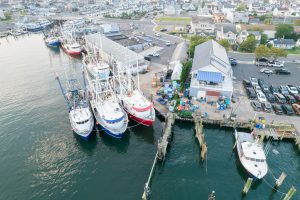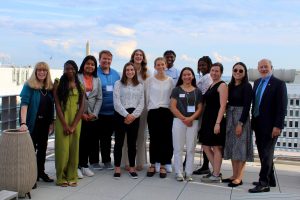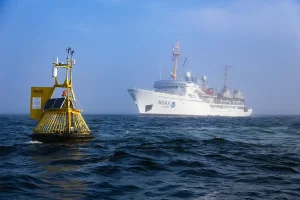National Centers for Coastal Ocean Science (NCCOS) and Ocean Acidification Program (OAP)
The NOAA/NOS/National Centers for Coastal Ocean Science (NCCOS) and the NOAA/OAR/Ocean Acidification Program (OAP) are soliciting proposals for the Identification and Application of Acidification Thresholds in Coastal Ecosystems. The goal is to develop a threshold detection and warning capability for ocean acidification in concert with other stresses. This includes identification of indicator species and parameters (ecological, economic, and/or social) to monitor that might provide early warning of impending change from one ecosystem state to another. Funding is contingent upon the availability of Fiscal Year 2018 Federal appropriations. It is anticipated that projects funded under this announcement will have a September 1, 2018 start date. Applicants should submit proposals not to exceed $350,000 per year for projects generally 2-4 years in duration, with a total multi-year budget not to exceed $1,050,000. Funding for this program is contingent upon the availability of funds, which may not have been appropriated at the time of this announcement.
Due Date: Letters of Intent must be received by 5:00 p.m. Eastern Time on December 8, 2017 and are required before submitting a full proposal. Full applications must be received and validated by Grant.gov by 11:59 p.m. Eastern Time on February 13, 2018.
The full funding opportunity and information on how to apply can be found on [EasyDNNnewsLink|69].
For more information, please contact Beth Turner, NOAA/NCCOS, 603-862-4680 or elizabeth.turner@noaa.gov.





